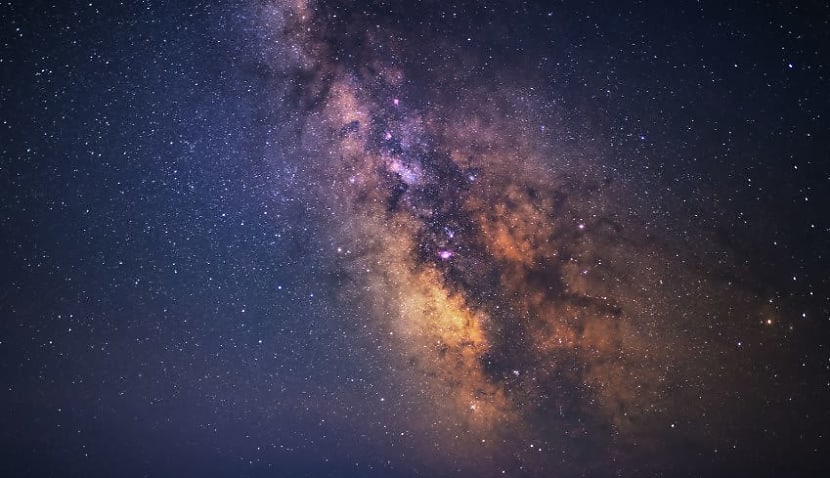A team from the International Centre for Radio Astronomy Research (ICRAR), led by Associate Professor Luke Davies at The University of Western Australia, released the first results from the Deep Extragalactic Visible Legacy Survey, better known as DEVILS. The decade-long project draws on observations from a suite of ground-based and space telescopes, mapping hundreds of thousands of galaxies up to 5 billion light years away.
The findings, published overnight in Monthly Notices of the Royal Astronomical Society, highlighted the profound impact of a galaxy’s “cosmic landscape”, its immediate surroundings on its shape, size, star formation and long-term development.
Davies said DEVILS is the first survey capable of examining the fine-grained structure of the distant universe.
“Previous studies have given us the broad strokes of how galaxies change over cosmic time, but they couldn’t drill down to the nitty-gritty,” he said.
“With DEVILS, we’ve been able to zoom in and map the small-scale environment of galaxies the cosmic equivalent of identifying mountains, hills and valleys – rather than just the continents and oceans.”
That high-resolution view has revealed that a galaxy’s environment plays a pivotal role in its evolution.
“Our upbringing and environment shape who we become,” Davies said. “Someone raised in a busy city can end up very different to someone who grows up remotely. Galaxies behave the same way.”
The team found galaxies located in dense clusters, the “city centres” of the cosmos, tend to grow more slowly and evolve differently to galaxies living in quieter, more isolated regions. In crowded cosmic neighbourhoods, galaxies interact and compete for gas, the raw material needed to form new stars. That competition can stifle star formation early, effectively causing galaxies to “die” sooner.
By comparing the DEVILS data to galaxies in the modern-day universe, researchers can now track how these environmental effects have changed over billions of years.
The newly released dataset is expected to fuel further research, with astronomers worldwide now able to access and analyse the complex survey.
Davies said DEVILS sets the foundation for Australia’s next major contribution to extragalactic astronomy.
“Next year, we’ll start collecting data for WAVES, the Wide Area VISTA Extragalactic Survey,” he said. “WAVES will allow us to expand the number of galaxies and environments we investigate, giving us an even sharper picture of how the universe came to look the way it does today.”
ICRAR, a joint venture between Curtin University and The University of Western Australia, is one of Australia’s leading astronomy institutes and a key contributor to the Square Kilometre Array, one of the largest scientific infrastructure projects ever undertaken.
The DEVILS release marks another milestone in Australia’s growing role in charting the history and future of the cosmos.

